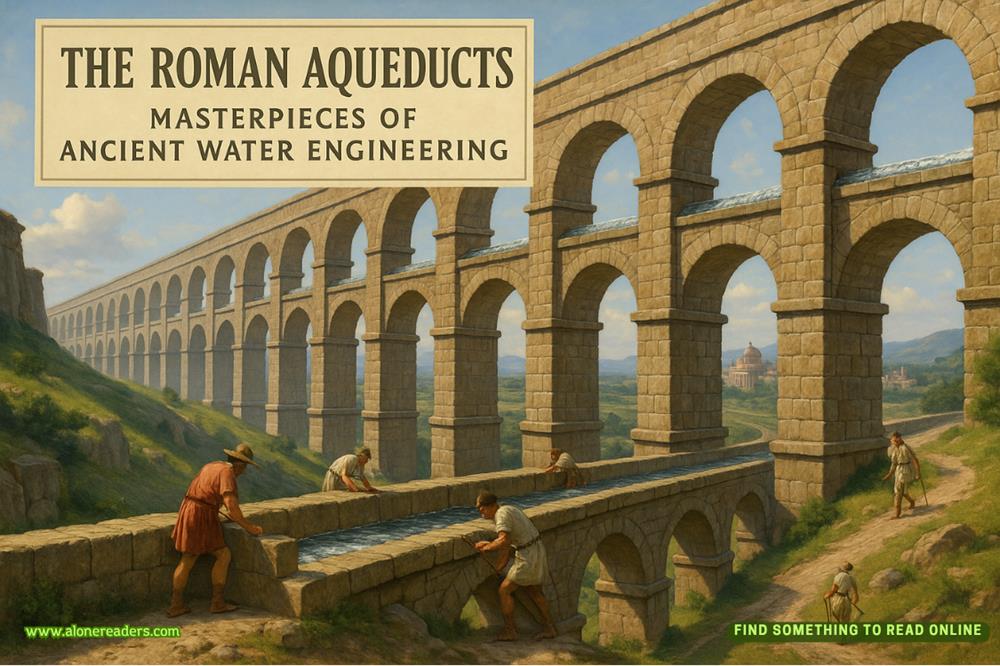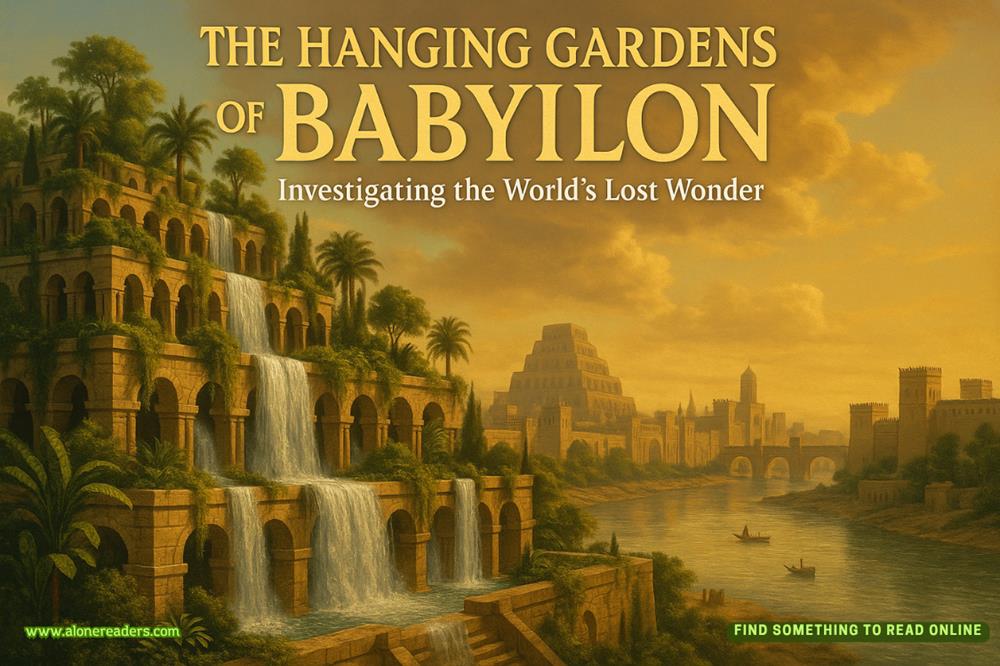Page 22 of Home Before Dark
As I stand there breathing in the unwelcoming odor of Baneberry Hall, it occurs to me that maybe Ishouldbe scared. Fans of the Book would be. Wendy Davenport and tens of thousands more. They’d be terrified right now, worried about all the horrors lying in wait just beyond this door.
I’m not.
Any trepidation I feel is related to more mundane matters. Mostlywhat’s causing that whiff of decay. Is it wood rot? Termite damage? Some woodland animal that found its way inside during the winter and died here?
Or maybe it’s my imagination. A remnant of my expecting to find a house in utter disrepair. Not a place that still has a caretaker and a cleaning woman. Definitely not a place my father continued to occupy one night a year.
I step into the vestibule, drop my bags, and flick a switch by the door. The light fixture above my head brightens. Inside it is a trapped moth. Silhouetted wings beat against the glass.
I’m not sure what I expect to see as I move deeper into the house. Squalor, I suppose. Twenty-five years of neglect. Cobwebs strung like party banners from the corners. Holes in the ceiling. Bird shit on the floor. But the place is tidy, although not spotless. A thin coat of dust covers the vestibule floor. When I turn around, I see footprints left in my wake.
I keep moving, pulled along by curiosity. I had thought being here again would spark at least some memories, no matter how faint. Faded recollections of me on the front porch, sitting in the kitchen, climbing the stairs before bed.
There’s nothing.
All my memories are of reading about such things in the Book.
I trace the path my parents took during their first tour. The one my father had written about in detail. Past the staircase. Under the chandelier, which does have a few zigzags of cobwebs strung through its arms. Into the great room. Pause at the fireplace, where the grim countenance of William Garson should be staring down at me.
But the painting’s not there. All that’s above the fireplace is an expanse of stone, painted gray. Which means either Mr. Garson’s portrait never existed or my father had it covered up during one of his unmentioned visits.
After that it’s on to the dining room and the subterranean kitchen,with its wall of bells that once must have gleamed but are now dull from tarnish. I touch one—the tag above it readsPARLOR—and it lets out a tinny, mirthless sound.
I cross to the other end of the kitchen, glancing at the ceiling as I go. Over the butcher-block table is a rectangular area not part of the original ceiling. The paint doesn’t quite match the rest of the kitchen, and there’s a visible seam surrounding the patch that had been replaced. In the center is a grayish oval where the ceiling has started to bulge.
A water stain.
Even though it looks to be decades old, the stain means something in the ceiling had been leaking at some point. Definitely not ideal.
At the kitchen’s far end, I don’t bother descending into the stone-walled cellar. The whisper of a chill and the strong smell of mold wafting from the doorway tell me that’s a place best explored in the daytime and with protective gear.
So it’s back to the first floor and into the circular parlor, which is smaller than I imagined. The whole house is. My father’s descriptions of Baneberry Hall made it seem bigger—a cavernous place usually only found in Gothic fiction. Manderley on steroids. The reality is less grand. Yes, it’s large, as houses go, but cramped in a way I hadn’t expected, made even more so by dark wood trim and fusty wallpaper.
The parlor is cluttered with furniture covered by drop cloths, making it look like a roomful of ghosts. I yank them away, creating plumes of dust that, when cleared, reveal pieces so finely made they belong in a museum.
Probably Garson family furniture. Items like this would have been well above what my parents could have afforded at the time. Especially the cherrywood secretary desk sitting near the curved wall of windows at the front of the room.
Taller than me and twice as wide, the desk’s lower half consists of a shelf that can be lowered to form a writing surface and several setsof drawers. The top half contains a pair of doors that, when spread open like wings, reveal apothecary drawers for ink jars and pens, a small oval mirror, and wooden slots for mail—a feature that went unused by my father. He simply stacked the mail atop the lowered writing surface. Scanning the dusty pile, I spot unopened bills, old flyers, and faded grocery store circulars, some dating back a decade.
Next to them is a gold picture frame. I pick it up and see a photograph of me and my parents. I assume it was from before we came to Baneberry Hall, because we all seem happy. My parents especially. They were a good-looking couple. My mother, willowy and pert, contrasted nicely with my father’s scruffy handsomeness. In the photo, my father has an arm snaked around my mother’s waist, pulling her close. She’s looking at him instead of the camera, flashing the kind of smile I haven’t seen from her in years.
One not-so-big, happy family.
Until we weren’t.
In the photo, I stand in front of my parents, sporting pigtails and a missing front tooth that mars my wide grin. I look so young and so carefree that I hardly recognize myself. I lift my gaze to the desk’s oval mirror and spend a moment comparing the woman I am with the girl I used to be. My hair, slightly darker now, hangs loosely around my shoulders. When I smile widely, copying my look in the photo, it feels forced and unnatural. My hazel eyes are mostly the same, although there’s now a hardness to them that wasn’t present in my youth.
I set down the frame, turning it so the picture’s no longer visible. I don’t like looking at this younger, happier version of myself. It reminds me of who I once was—and who I might be now if the Book hadn’t happened.
Maybe Allie was on to something. Maybe I’m not ready for this.
I shake off the thought. I’m here, and there’s a lot to do, including resuming my examination of the desk. Sitting among the stacks of mail is a silver letter opener that looks as old and ornate as the deskitself. That’s confirmed when I pick it up and see a set of initials floridly engraved on the handle.
W.G.
Mr. William Garson, I presume.
I place the letter opener back on the desk, my hand moving to a sheet of paper beside it. Once folded in half, it now rests facedown on the desktop. Flipping it over, I see a single word written in ink, the letters wide, capitalized, emphatic.















